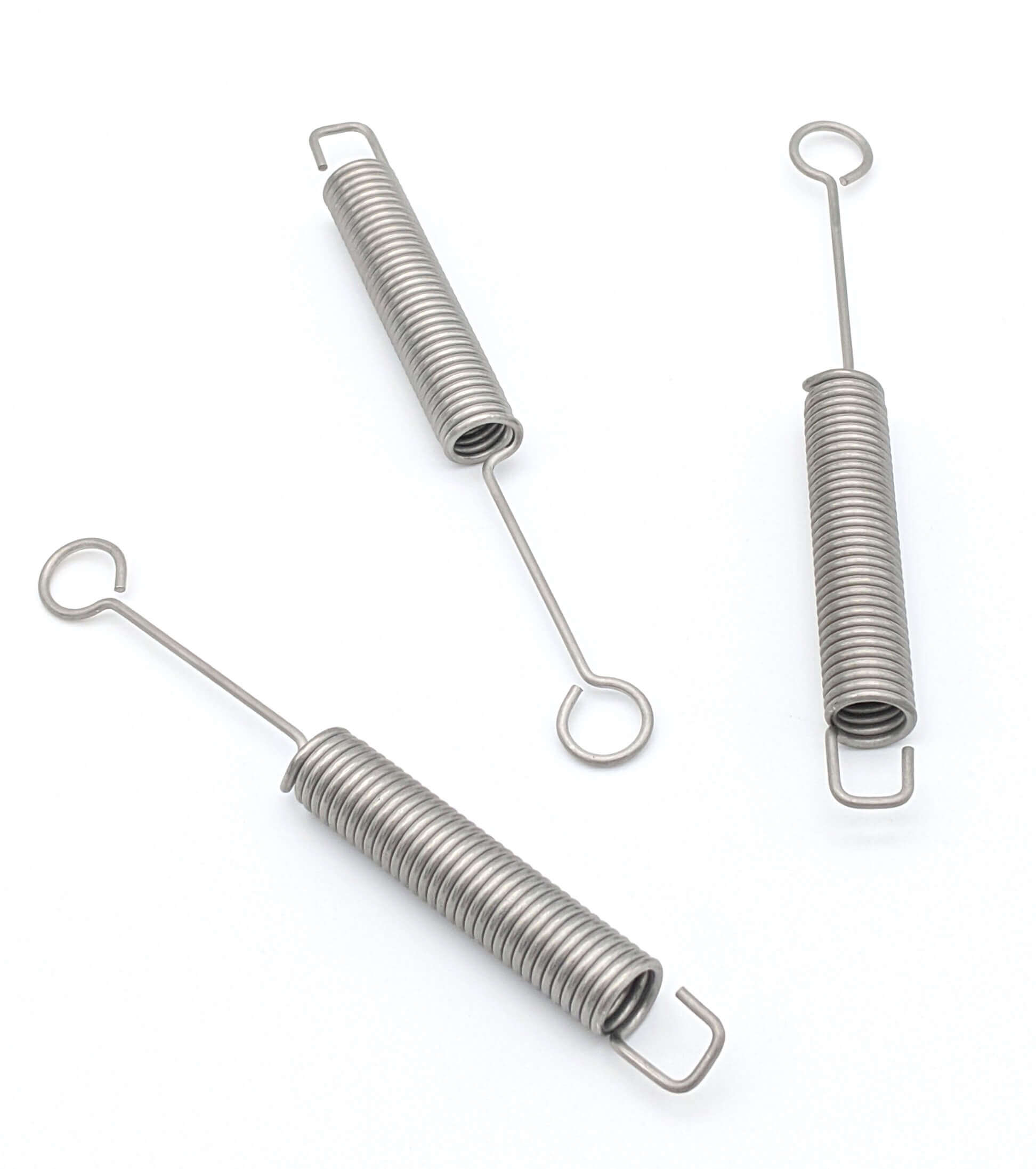Get unique, complex parts easily. No matter your requirements, Chaoyi Spring creates hard-to-produce coil springs and wire forms.
Let us help you create the custom wire form you need, from S-hooks and J-hooks to utility hooks and more.
We work closely with customers across a wide range of industries, helping them design and manufacture made-to-order parts.
Why choose Chaoyi Spring? We prioritize customer-focused collaboration, modern equipment and the latest technology to make your parts per print.
Find the information and guidance you need, from measuring a spring to learning about materials, placing an order and much more.
Choosing the right torsion spring for your application can feel like navigating a maze. With so many factors to consider, including wire diameter, coil diameter, free length, and spring rate,


Choosing the right torsion spring for your application can feel like navigating a maze. With so many factors to consider, including wire diameter, coil diameter, free length, and spring rate, it's easy to get lost in the details. But fear not! This comprehensive guide will take you through the intricacies of torsion spring size charts, helping you select the perfect spring for your specific needs.

Torsion springs are helical springs designed to store and release rotational energy. When a force is applied to the spring, it twists, storing energy. Upon release, this stored energy drives the spring back to its original position, providing rotational force. These springs are ubiquitous in various applications, from simple door hinges to complex automotive components.
A torsion spring size chart is an indispensable tool for engineers and designers seeking the right spring for their project. These charts provide a visual representation of different spring sizes, allowing you to easily compare and choose the one that meets your requirements.
When deciphering a torsion spring size chart, understanding the critical parameters is essential. Here's a breakdown of the most common parameters you'll encounter:
It's important to note that torsion spring size charts often present data in imperial units (inches) or metric units (millimeters). Ensure you understand the units used in the chart before making any selections.
Torsion spring size charts are typically presented in a tabular format. A typical chart will list different combinations of wire diameter, coil diameter, free length, and material. Each row in the chart will usually correspond to a unique spring size, and the columns will display the relevant parameters. Additionally, the chart might include information on the spring rate, working load, and other critical properties.
To utilize the chart, identify your desired parameters. For example, if you need a spring with a specific wire diameter, coil diameter, and material, you can search the chart for the corresponding row. The chart will then provide information on the spring rate, free length, and other relevant characteristics.
When selecting a torsion spring from a size chart, consider these crucial points:
While torsion spring size charts are invaluable resources, they are just one piece of the puzzle. For complex applications or when uncertainty arises, seeking expert advice is crucial. Consulting with a spring manufacturer or a qualified engineer can provide tailored solutions and ensure optimal spring performance.
Spring manufacturers can often offer custom-designed springs that perfectly align with your specific requirements. They can also assist in selecting appropriate materials, optimizing spring dimensions, and conducting comprehensive testing to verify performance.
Torsion spring size charts are powerful tools that empower engineers and designers to select the right spring for their applications. By understanding the key parameters, interpreting the chart information, and considering essential selection factors, you can confidently choose the perfect torsion spring for your project. Remember, consulting experts when needed can enhance your design process and ensure optimal spring performance. So, embrace the power of torsion spring size charts and build exceptional designs with confidence!
Ultimately, the journey to selecting the right torsion spring is a journey of understanding and precision. With this comprehensive guide, you are equipped to navigate the intricacies of torsion spring size charts with confidence. Remember, understanding the basics, interpreting the information, and considering all relevant factors will lead you to the perfect spring for your project. So, go forth, embrace the power of torsion spring size charts, and create exceptional designs with ease!
Browse some of the custom wire forms and springs that we manufacture. Don’t see what you need? We specialize in made-to-order products that meet your application requirements.
Visit Our GalleryNeed a custom wire form or coil spring? We make it work. Fill out the contact form and a representative will respond within 1 business day. If you have a PDF or CAD file, you can submit to request a quote.